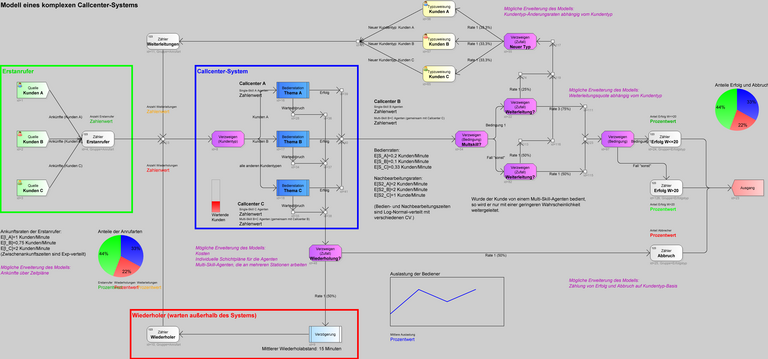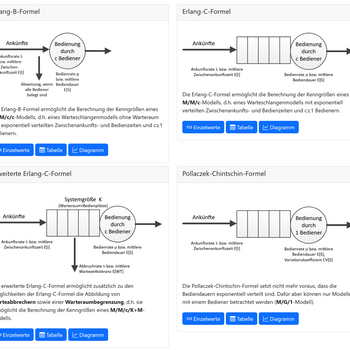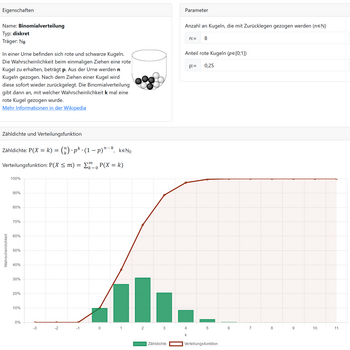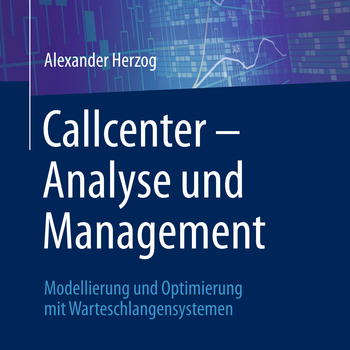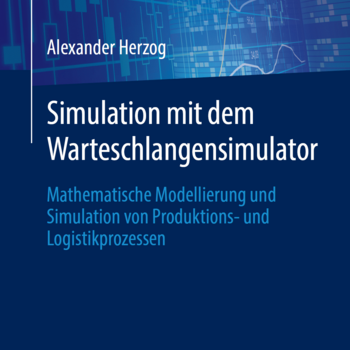Queueing simulation

Queues occur in many situations in production and logistics. They always occur when the customer arrival flow cannot be exactly matched with the available operating capacity:
- At inbound call centers, the times at which customers call cannot be predicted exactly, so that either agents have to be kept on standbyor customers may have to wait.
- The exact arrival times of aircrafts at the destination airport depend on various weather conditions, especially on wind direction and strength. Therefore, an exact prearrangement of landing time slots is only possible to a limited extent or aircrafts have to fly holding patterns or wait on the ground for a take-off clearance, if a delayed arriving aircraft has to get a landing clearance first.
- In multi-variant industrial production, the operating times at individual stations vary depending on the specific properties of the respective workpiece. Therefore, a fully clocked production is not always possible, especially with batch size 1. If, however, a high utilization of the machines is to be ensured, this can only be achieved by buffer stocks in front of the machines.
In general, queues are usually undesirable, as they either lead to unnecessary time loss (call center queue), directly result in unnecessary costs (kerosene consumption due to waiting in queues before landing) or indirectly cause costs (capital tie-up due to stock, long and poorly predictable delivery dates). The goal of the queueing theory is therefore to design operating systems in such a way that the additional costs, e.g. due to more operators, and the financial advantages due to short queues are in an optimal ratio.
Queueing theory and simulation
Queueing theory as a subfield of stochastics was founded more than 100 years ago by Agner Krarup Erlang. Originally, the main field of application was personnel requirements planning in manual telephone switching centers. Since the 1950s, research has increasingly focused on questions from industrial production. Based on the analytical queueing theory, waiting time distributions for simple models can be determined exactly and characteristics for more complex models and queueing networks can be approximated.
However, the more complex the models to be considered are, the further the quality of the respective models decreases. With the availability of more and more computing power, the simulation of queueing models has therefore become the focus of research since the 1980s. In principle, simulation models can be used to illustrate all conceivable models and questions. The quality of the results is only limited by the available computing power. While the necessary computing times in the last century were still in the range of hours and days, today a few seconds up to a few minutes are common for simulation. - For simple models, the computing power of a smartphone is already sufficient.
Simulators
The following 6 simulation tools have been developed within the research at SWZ. The three desktop programs and the Python project are available as open source for free download. The webapps are available for free use:
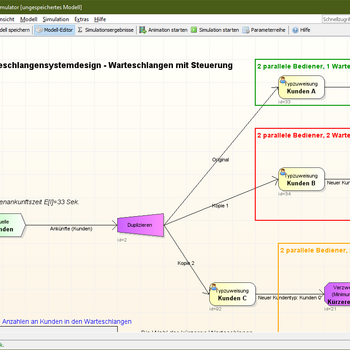
Warteschlangensimulator
Simulation of arbitrary, complex queueing networks. Representation of the models as flow diagrams.
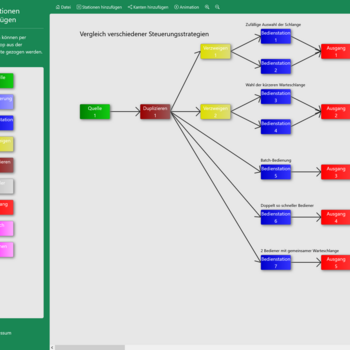
Mini Warteschlangensimulator
Animation and simulation of simple queueing networks directly in the browser
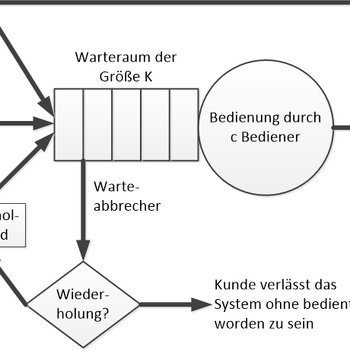
Mini Simulator
Simulation of a G/G/c/K+M model including batch arrival and service, impatience, retry and forwarding.
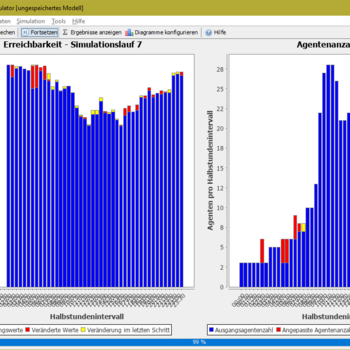
Callcenter Simulator
Simulation and optimization of real, complex call center systems consisting of multiple caller and agent groups
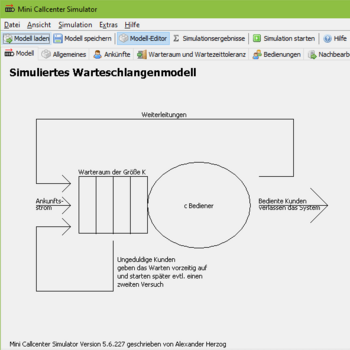
Mini Callcenter Simulator
Modeling of simple call center models consisting of a single caller group and a single agents group and comparison of Erlang-C results
QueueSim
Python libraries and Jupyter notebooks for event-driven stochastic simulation.
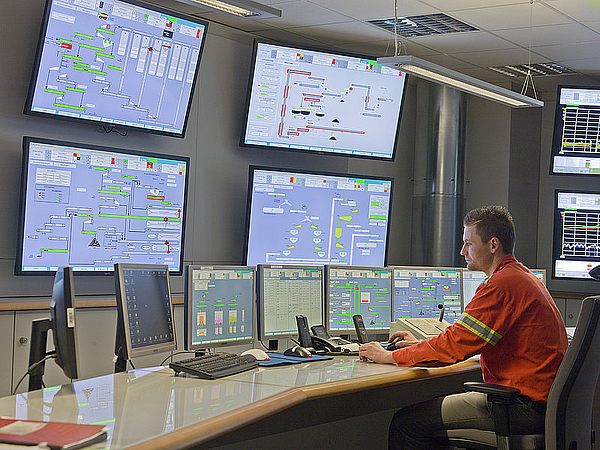
The methods of queueing theory and event-oriented stochastic simulation described on this page have been used in a number of industrial projects. The following list contains some examples of corresponding projects:
- Call center simulation: Arcor, Telekom
- Flight planning: Lufthansa
- Production planning: Dillinger Hütte
- Logistics planning: BASF
Publication list
- A. Herzog: A Discrete Process Modelling Study of ARGESIM Benchmark ’C2 – Flexible Assembly System’ with Warteschlangensimulator. In: Simulation Notes Europe 34(1), 2024, 23-28.
- A. Herzog: A Discrete Process Modelling Study of ARGESIM Comparison ’C22 – Non-standard Queuing Policies’ with Warteschlangensimulator. In: Simulation Notes Europe 34(1), 2024, 29-34.
- A. Herzog, J. Necil, M. Pollet, H. Busch. Methoden und Konzepte des Digitalen Logistikzwillings der AG der Dillinger Hüttenwerke (Dillinger). In: Simulation in Produktion und Logistik 2021. Cuvillier Verlag, 2021, 157-166.
- A. Herzog: Simulation mit dem Warteschlangensimulator, Mathematische Modellierung und Simulation von Produktions- und Logistikprozessen, Springer, 2021.
